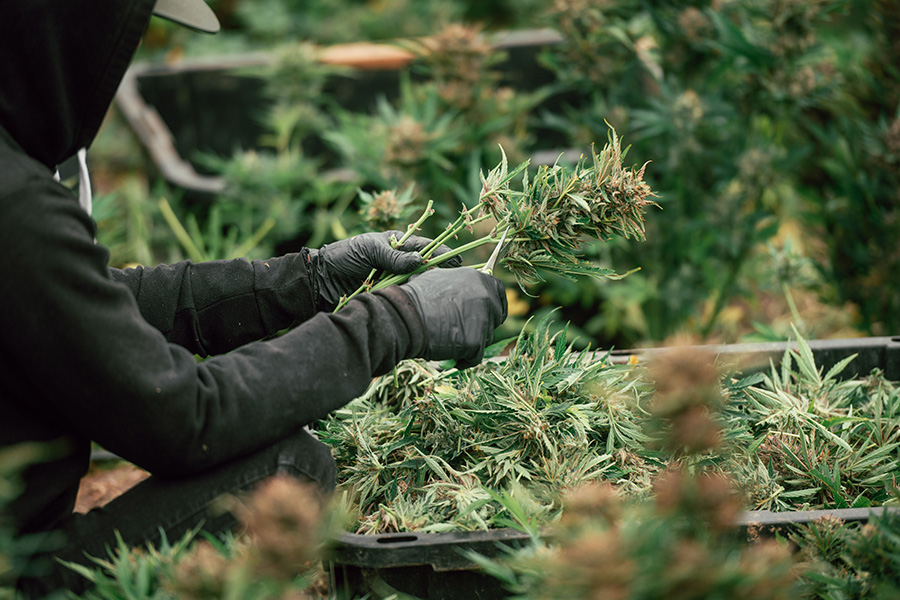Harvest time is undoubtedly a critical phase in the farming calendar. It’s the make or break period that can significantly impact the success of the entire season. To ensure a smooth and productive cannabis harvest, careful preparation is key. In this first installment of our Harvest series, we will delve into the importance of preparing for the upcoming harvest and share valuable insights to optimize your preparations.
Thoroughly Review and Fine-Tune Your Cannabis Harvest Plan
Knowing when to harvest cannabis begins with preparation. Preparation for the harvest starts weeks in advance. It begins with revisiting and refining your harvest plan. Take the time to review the entire plan, assessing every aspect and identifying potential areas for improvement. This process helps to ensure that every step is carefully considered and optimized for efficiency.
Map Out the Flow of Crops
One crucial aspect of harvest preparation is mapping out the flow of crops into and out of drying spaces. Evaluate your available drying areas and plan how you will efficiently move crops through the various stages of harvest, processing, and storage. This includes determining the sequence in which crops will be harvested, processed, and dried, as well as establishing clear paths and storage areas to maximize space utilization.
Assess Labor Requirements For Cannabis Harvest
Another critical consideration is labor requirements. Evaluate the number of workers needed for each stage of the harvest process, from harvesting to processing and packing. Ensure that you have an adequate workforce available or consider hiring additional labor if necessary. Distribute tasks effectively to streamline operations and minimize any potential bottlenecks.
Ensure Availability of Essential Materials
How to harvest cannabis is another important consideration. Having the necessary materials on hand is crucial for a smooth harvest operation. Review your inventory and ensure you have an adequate supply of essential items such as gloves, boxes, scissors, and any other tools specific to your crop. Being well-prepared with the right equipment enables your team to work efficiently and avoids unnecessary delays.
Discuss Contingency Plans
Despite careful planning, unforeseen challenges can arise during the harvest. It is prudent to discuss contingency plans that account for potential disruptions, such as adverse weather conditions or equipment malfunctions. By having backup strategies in place, you can adapt to unforeseen circumstances without compromising the success of the harvest.
Invest Time and Effort into Strategic Preparations
Strategic preparations for the harvest require time and effort, but the investment pays off in terms of increased efficiency and productivity. By carefully reviewing your existing plan, mapping out the flow of crops, assessing labor requirements, ensuring the availability of essential materials, and discussing contingency plans, you can optimize harvest operations and minimize potential obstacles.
Preparing for the harvest is a critical step in ensuring a successful and productive season. Taking the time to thoroughly review and fine-tune your harvest plan, mapping out the flow of crops, assessing labor requirements, ensuring the availability of essential materials, and discussing contingency plans will set the stage for an efficient harvest operation. Stay tuned for the next installment of our Harvest series, where we will explore the pivotal decision-making process of when to start the harvest.
Read Next
